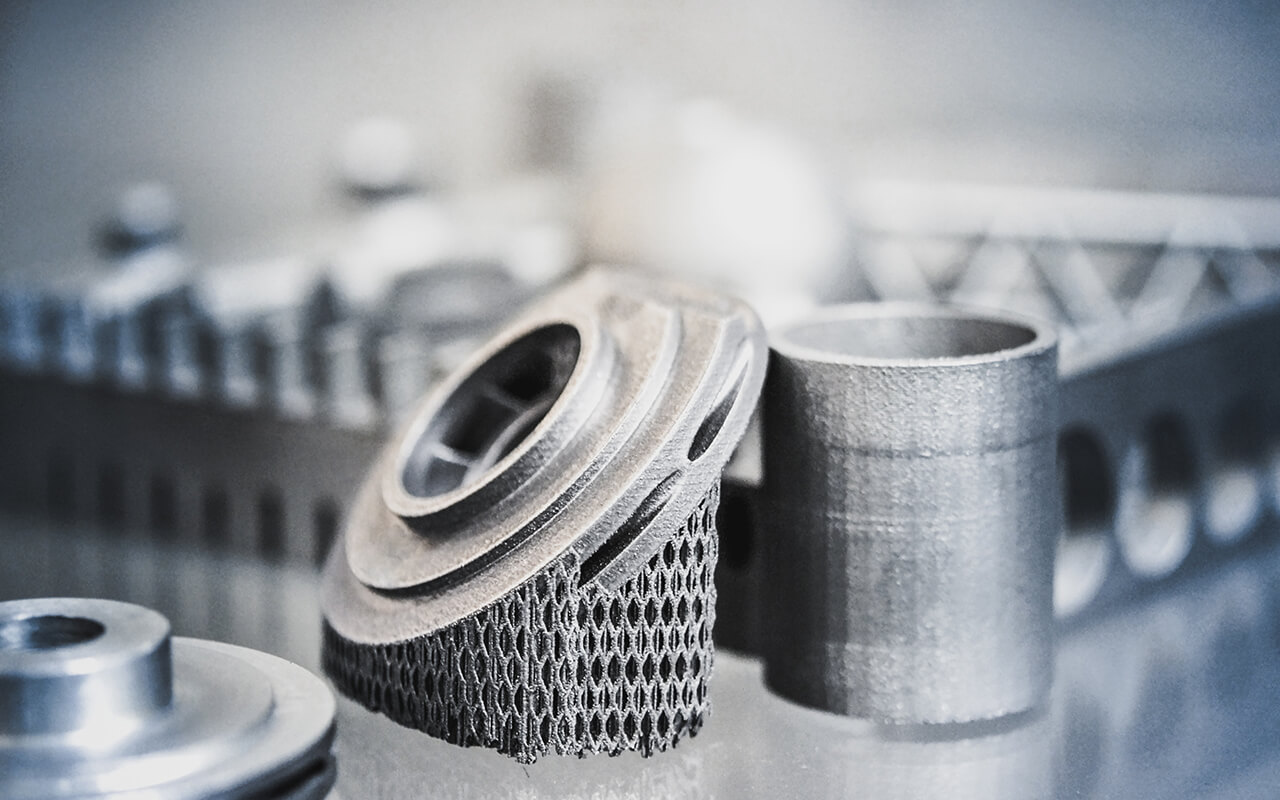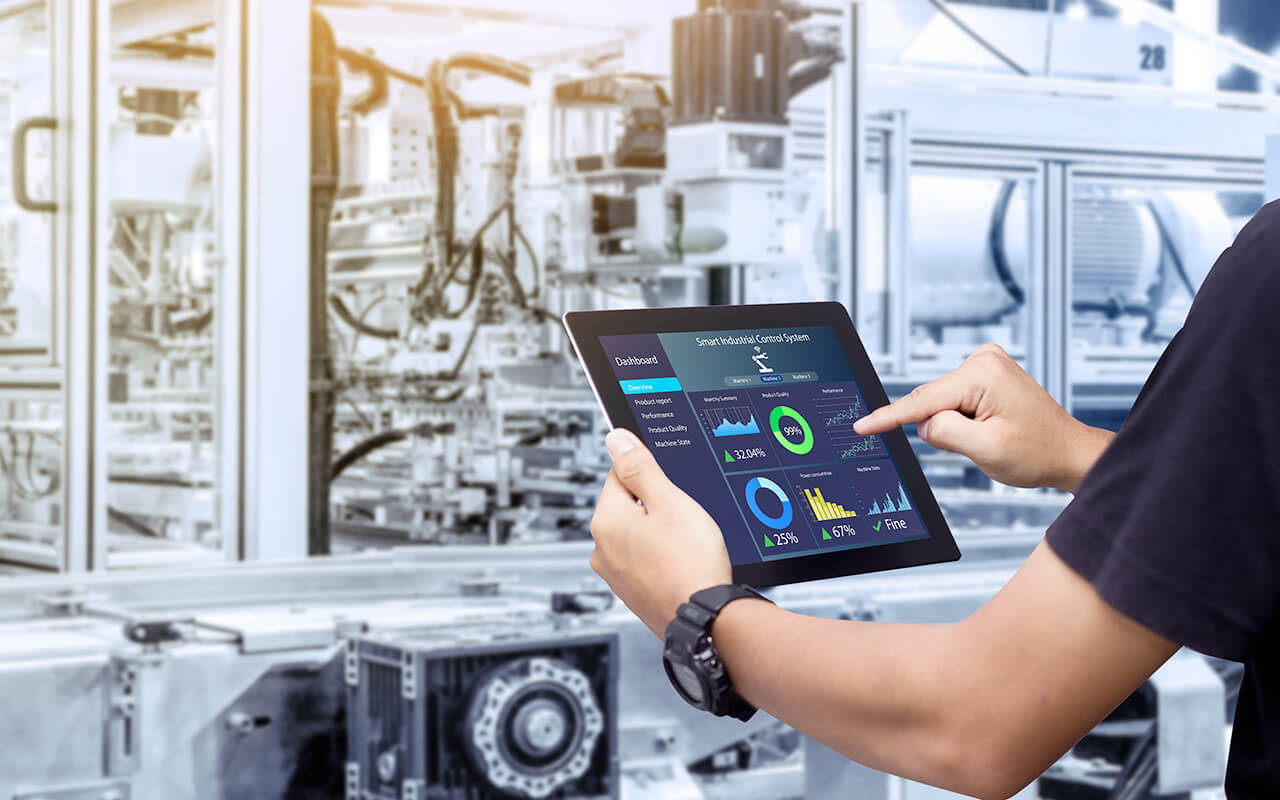19/10/2022
Additive manufacturing: Where 3D printing is already applied successfully

It was in 1983 that Chuck Hull invented stereolithography, and the first 3D printer came onto the market in 1987. Since 1992, FDM printers have been available - FDM (Fused Deposition Modeling also FFF, Fused Filament Fabrication) is the filament melting process that most affordable systems work with. The technology of laser sintering, which almost all metal 3D printers use, also dates back to the late 1980s. So, 3D printing is anything but new, yet it is only in recent years that it is gaining prominence in professional production. After all, it took many years for the technologies to reach a maturity that would allow reliable series production. Moreover, it first needed materials that were suitable for more than prototype use. Today, 3D printing is a serious manufacturing technology with interesting properties and some limitations. If these constraints are known and used, completely new functionalities can be implemented. On the other hand, 3D printing is also "just a manufacturing technology" that in most cases does not displace other technologies but complements them. Coupled with digitization, completely new business models are emerging, such as "Manufacturing as a Service (MaaS)".
3D printing: new design possibilities
All 3D printing technologies build up the part layer by layer, creating several unique benefits of 3D printing: - In contrast to subtractive technologies such as milling or turning, in which material is removed from a blank, every point of the model can be machined - including the interior. This allows lattice structures to be created for weight savings, as well as functional geometries such as channels or cooling fins. - Since the material is created or transformed during printing, the material properties can also be specifically influenced at any point on the model. For example, there are printers that can position harder and softer material or different colors together in different proportions, allowing for transitions, blends or even a component made of different materials. An example would be a design prototype of a pair of glasses with clear (plastic) lenses, colorful frame and rubber-like overlays on the temple printed in one process. - Complexity is free - the 3D printer doesn't care how complex and fragile the geometry to be produced is - unlike milling, where complex shapes cost more time in NC programming and also in milling than, say, a cube. These three advantages make it possible to combine several functions in one part and to design the interior optimally. An example of this would be valve blocks. These are made today by painstakingly drilling a large number of holes into a metal block to create the internal channels that in turn connect the screw-on valves. 3D-printed, only the channels would be created with bolt-on flanges for the valves, connected by struts that absorb the mechanical forces. The empty space between the exposed channels can be filled with cooling fins so that the radiator simultaneously assumes the function of the hydraulic oil cooler. Or the geometry can be optimized to minimize the use of materials, as was done by Liebherr, which saved 35 percent in the weight of such a component for the Airbus A380.
All that glitters is not 3D printing
And that's literally true. Like any manufacturing technology, 3D printing also has limitations: - The surfaces of the workpieces are usually not very attractive directly from the printer. Powder residues still adhere to the surface on powder printers, and these must be removed by sandblasting and polishing - i.e. manual reworking. Depending on the layer thickness, the layers of the print itself also become visible and reduce the detail of the component. - Now, one could print the layers as thinly as possible to achieve maximum surface quality and detail. But since each layer takes some time, the printing time increases greatly the finer the layers become. - In addition, support structures usually have to be removed manually or with machines, which requires additional manufacturing steps and further extends the lead time. - Likewise, all bolt-on surfaces, threads, fit dimensions, and shape- and position-toleranced elements must be reworked by machine. - The aforementioned characteristics - rework and printing time - also contribute to 3D printing being more expensive than comparably sized parts from a CNC mill or lathe. - Finally, nearly all 3D printing technology creates anisotropy - the material has different properties in different directions - parallel or across layers, similar to wood. This problem can be compensated for, but not prevented, by positioning the component appropriately in the build space.
Just a manufacturing technology
The list of advantages and disadvantages shows: 3D printing is a technology with interesting possibilities, but also many limitations compared to conventional CNC manufacturing. It is therefore important to carefully weigh up which technology is to be used and to make targeted use of the advantages of 3D printing. Designers must learn and internalize the advantages and disadvantages in order to make the most of the new technology. Milling machines and lathes are therefore far from superfluous.
Additive manufacturing + digitization = new business models
Bringing additive manufacturing together with technologies enabled by digitization creates new business models. For example, the idea of the cloud, where infinite computing power can be used on demand, can be applied to manufacturing: Manufacturing as a Service (MaaS), for example, uses a network of manufacturers with additive manufacturing capacity to have products manufactured. Manufacturing jobs in this network are allocated according to capacity so that parts can be delivered as quickly and cost-effectively as possible. The idea behind this - this way, bids can be submitted with a digital model prior to manufacturing. This network can be an association of contract manufacturers and service providers, or it can be a marketplace in which a digital model is uploaded, the manufacturers view this model and, if capacity is available, submit a price and delivery time offer. The requester can now choose the best offer. Even if these new business models initially still sound very visionary, medium-sized companies can already take another step toward the future of digital manufacturing.


